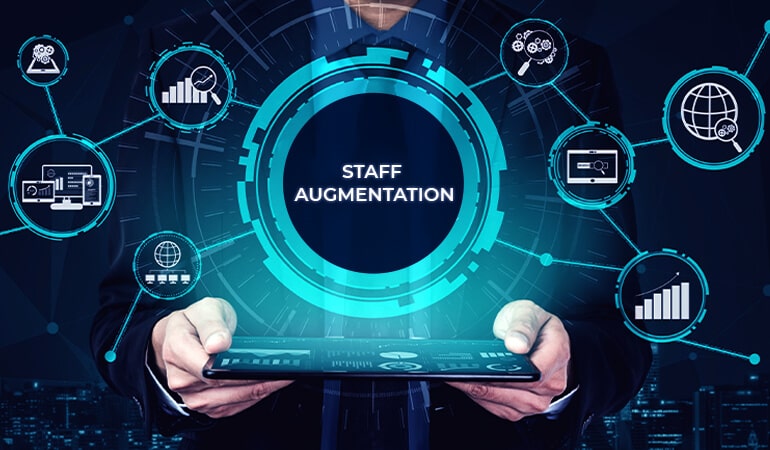In today’s fast-paced business environment, finding and managing the right talent can be a major challenge. Companies often face skill gaps, budget constraints, and tight deadlines that make traditional hiring less feasible. This is where flexible talent solutions like staff augmentation and outsourcing come into play. But which model fits your needs best? In this blog, we’ll explore the key differences between staff augmentation and outsourcing, helping you make an informed decision with insights from Innerworks International, a leader in IT staffing and project delivery.
What is Staff Augmentation?
Staff augmentation is a strategy where businesses supplement their existing teams with external experts on a temporary basis. Rather than hiring full-time employees, you “augment” your team by bringing in skilled professionals who work under your management. Innerworks International specializes in providing vetted IT professionals who seamlessly integrate into your workforce, offering flexibility and quick access to specialized skills. This model is ideal when you need to scale your team rapidly or fill specific skill gaps without long-term commitments.
What is Outsourcing?
Outsourcing involves delegating entire projects or business processes to a third-party vendor who takes full responsibility for delivery and management. Instead of managing the individual staff members directly, your focus shifts to outcomes and timelines. Innerworks International offers comprehensive outsourcing solutions, providing expert teams that handle everything from development to support. This model is often chosen for cost efficiency, access to broader expertise, and reduced managerial overhead, especially when businesses want to focus internal resources on core activities.
Key Differences Between Staff Augmentation and Outsourcing
One of the main differences lies in control. Staff augmentation keeps management in-house, allowing your team to directly supervise augmented personnel. Outsourcing hands over project management to the service provider. Innerworks International tailors both approaches based on your preferences—whether you want hands-on control or prefer to delegate management. Cost structures also differ: staff augmentation is often billed hourly or monthly based on personnel, while outsourcing is usually project or outcome-based. Risk management and compliance are shared differently in each model, so understanding these nuances with Innerworks International’s guidance can help you choose wisely.
Factors to Consider When Choosing Between Staff Augmentation and Outsourcing
Choosing the right model depends on several factors. Consider the complexity of your project: if it requires tight integration with your existing team and ongoing collaboration, staff augmentation may be better. If you need end-to-end delivery with minimal management involvement, outsourcing is a strong choice. Evaluate your internal team’s capacity to manage additional staff. Budget constraints and expectations about costs and timelines also matter. Innerworks International helps you assess these factors thoroughly, ensuring your choice aligns with your business goals, control needs, and security requirements.
Real-World Use Cases: When to Use Staff Augmentation vs. Outsourcing
If you’re launching a new product feature and need developers familiar with your tech stack to work alongside your team, staff augmentation through Innerworks International can provide the right experts quickly. On the other hand, if you want to migrate your legacy system to the cloud and prefer a vendor to handle all aspects, outsourcing is often preferable. Many businesses also benefit from hybrid models, blending both staff augmentation and outsourcing to maximize flexibility and efficiency. Innerworks International offers tailored solutions to fit each unique scenario.
Tips for Successfully Implementing Staff Augmentation or Outsourcing
To get the most out of staff augmentation, clearly define roles and expectations, and foster seamless communication between your core team and augmented staff. When outsourcing, select a partner like Innerworks International with proven expertise and transparent processes. Establish strong communication channels, set measurable goals, and negotiate clear service-level agreements (SLAs) to ensure alignment. Both models require ongoing collaboration and trust to deliver results that support your business objectives.
Takeaway
Selecting between staff augmentation and outsourcing is a strategic decision that hinges on your company’s needs, internal capabilities, and project demands. Innerworks International is committed to helping you navigate these options by offering flexible, scalable talent solutions tailored to your requirements. Whether you prioritize control, cost efficiency, or speed, partnering with Innerworks International ensures you have the right experts supporting your growth. Evaluate your current situation carefully and reach out to Innerworks International to discover the best approach for your business.
FAQ
What is the main difference between staff augmentation and outsourcing?
Staff augmentation supplements your existing team with external experts you manage, while outsourcing delegates full project responsibility to a vendor.
Can I combine staff augmentation and outsourcing?
Yes, many companies use a hybrid approach to leverage the benefits of both models. Innerworks International can design a solution that fits your unique needs.
Innerworks International
Staff augmentation typically involves hourly or monthly rates for personnel, while outsourcing is usually priced per project or deliverable.
Which model offers better control over projects?
Staff augmentation allows you to maintain direct control over the team and processes, whereas outsourcing shifts control to the service provider.











